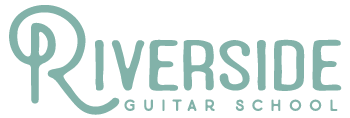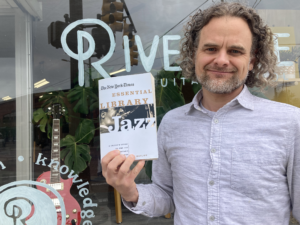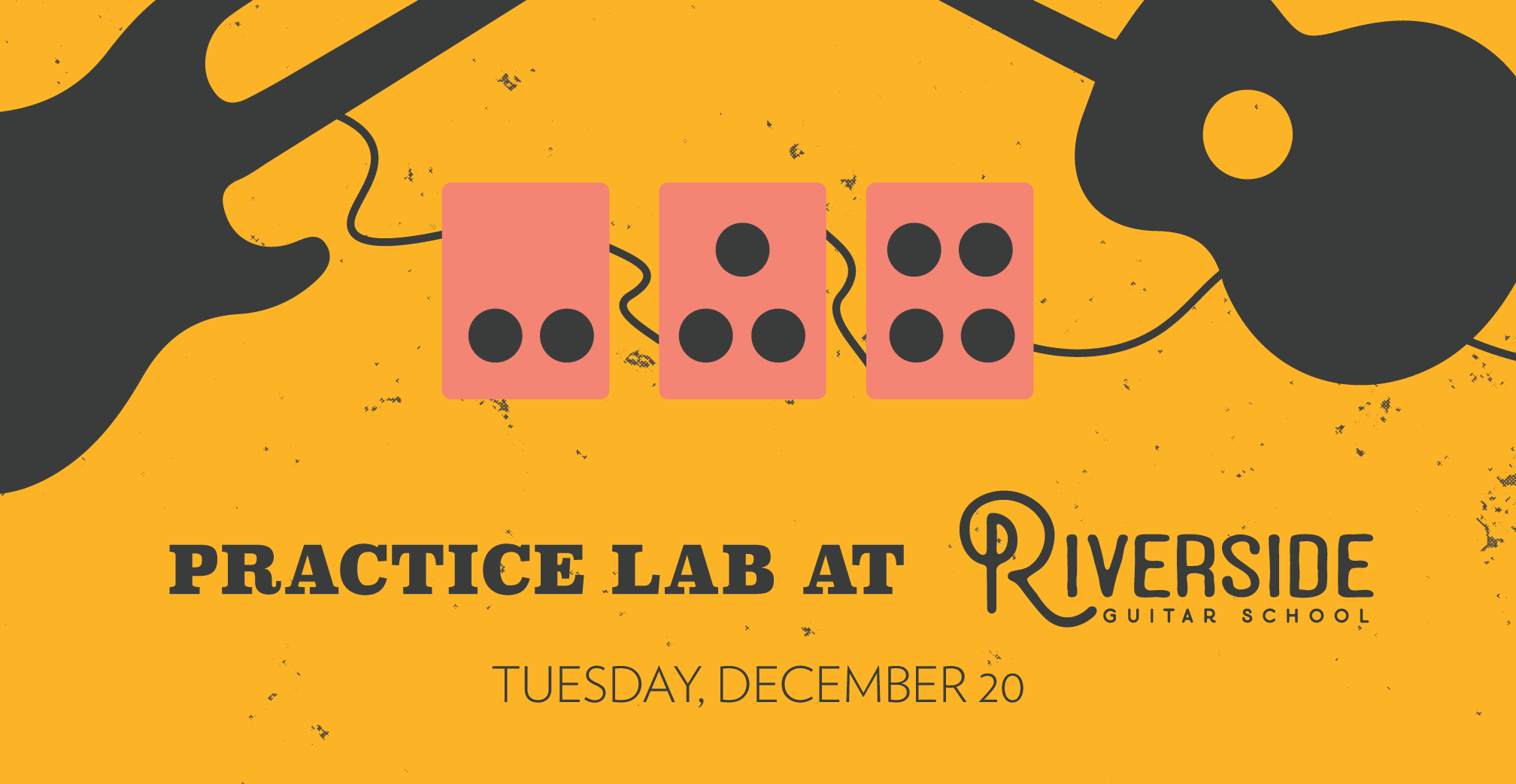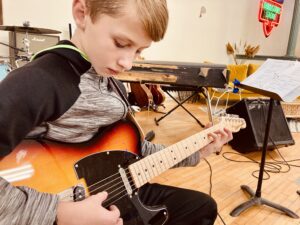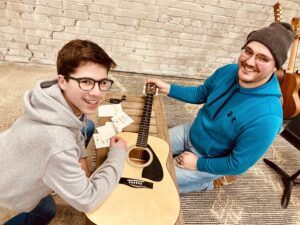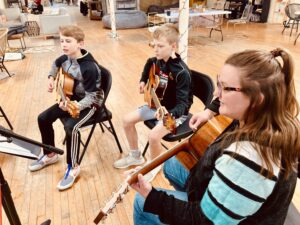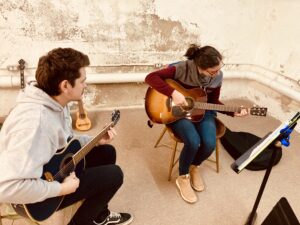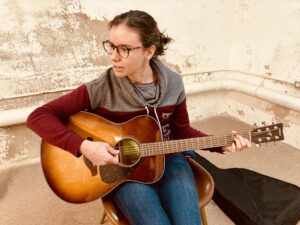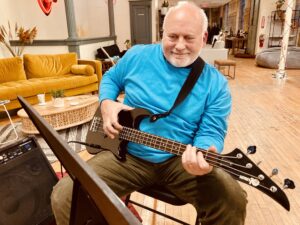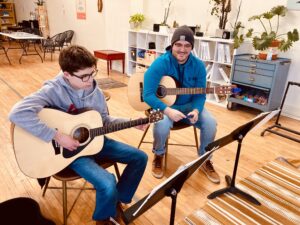11 years ago, after taking my then 6 month old son for a walk, I had a vision for a music teaching business that was welcoming to families, celebrated music and served the community. Up until that point I had been a gigging freelance musician but as my wife and I started growing our family I wanted to pivot to a life teaching the guitar skills that I had learned and honed in college and through my experience as a performer. I wanted to help families make music-making an everyday part of their life. I wanted to shift the conversation from performance to personal enjoyment and inner growth through participation in playing music, regardless of ability level.
My first space was in the neighborhood of Southtown near Madison and Hall and I called the studio Southtown Guitar. Over the next 5 years we moved around to 2 other commercial spaces and we finally found our bearings in 2016 when we moved to Eastown. At that point the name “Southtown Guitar” became awkward but I never found the time to secure a name change until last year.
Our rebrand to “Riverside Guitar School” in 2022 pays homage to my hometown’s location on the Grand River but even more significantly it references the old spiritual “Down by the Riverside.” This song speaks about a non-violent surrender of both defensive armor (the shield) and weapons used in offense (the sword). In a world filled with reports of school shootings, political rancor and international war, I want to lend a shoulder to an effort to bring something positive, non-violent and life-giving into the world. Students in our Young Strummers (ages 4 – 8 with a parent) and Ramblers (ages 9 – 12 with a parent) classes learn the song Down by the Riverside as well as Peace Like a River, Simple Gifts, If I Had a Hammer and others. These are the songs and messages I want to shape my four young sons and they are the songs and messages I want the kids (and adults) in my community to know and sing and play for themselves.
One of my recent heroes, Pete Seeger, believed ardently that participation is the thing that would save humanity — ordinary people participating in the life, struggles and solutions of their community. I am excited for the next chapter of Riverside Guitar School as we work to fill our new 8,000 square foot space with hundreds of students young and old all learning to make music with their own hands, voices and hearts — learning to move beyond being consumers of music to being participative creators of the music that fills their own living rooms, churches and classrooms.
